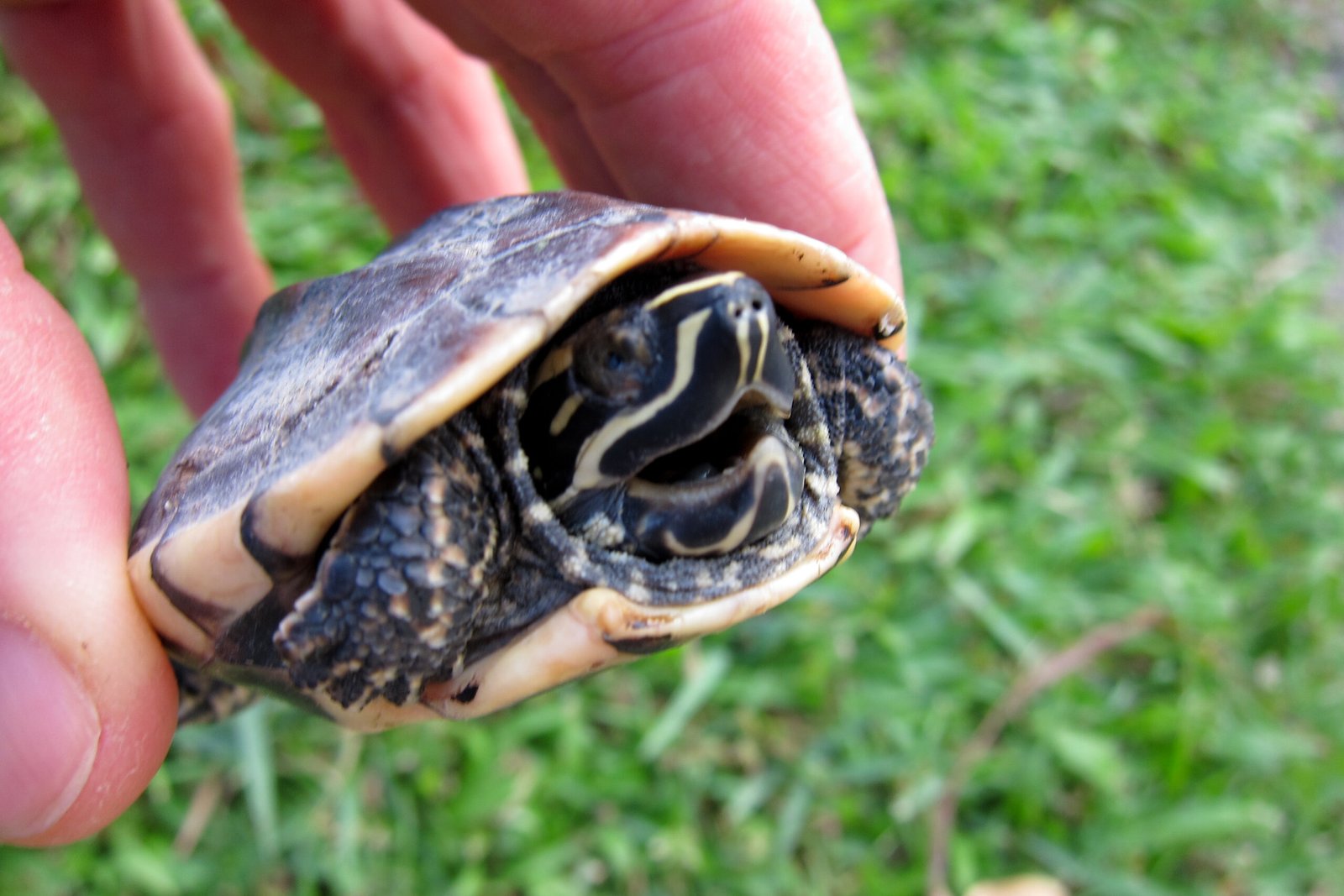Turtles might seem like the chillest pets around, but even they get stressed—and they show it in subtle ways. If your turtle is hiding more than usual, refusing food, or suddenly becoming overly active, it could be a red flag. Poor water quality, lack of basking time, or changes in their environment often play a role. Understanding these signs helps you step in before stress impacts their health. A calm turtle is a happy turtle, and knowing what to look for keeps your shelled buddy thriving!
1. Loss of Appetite
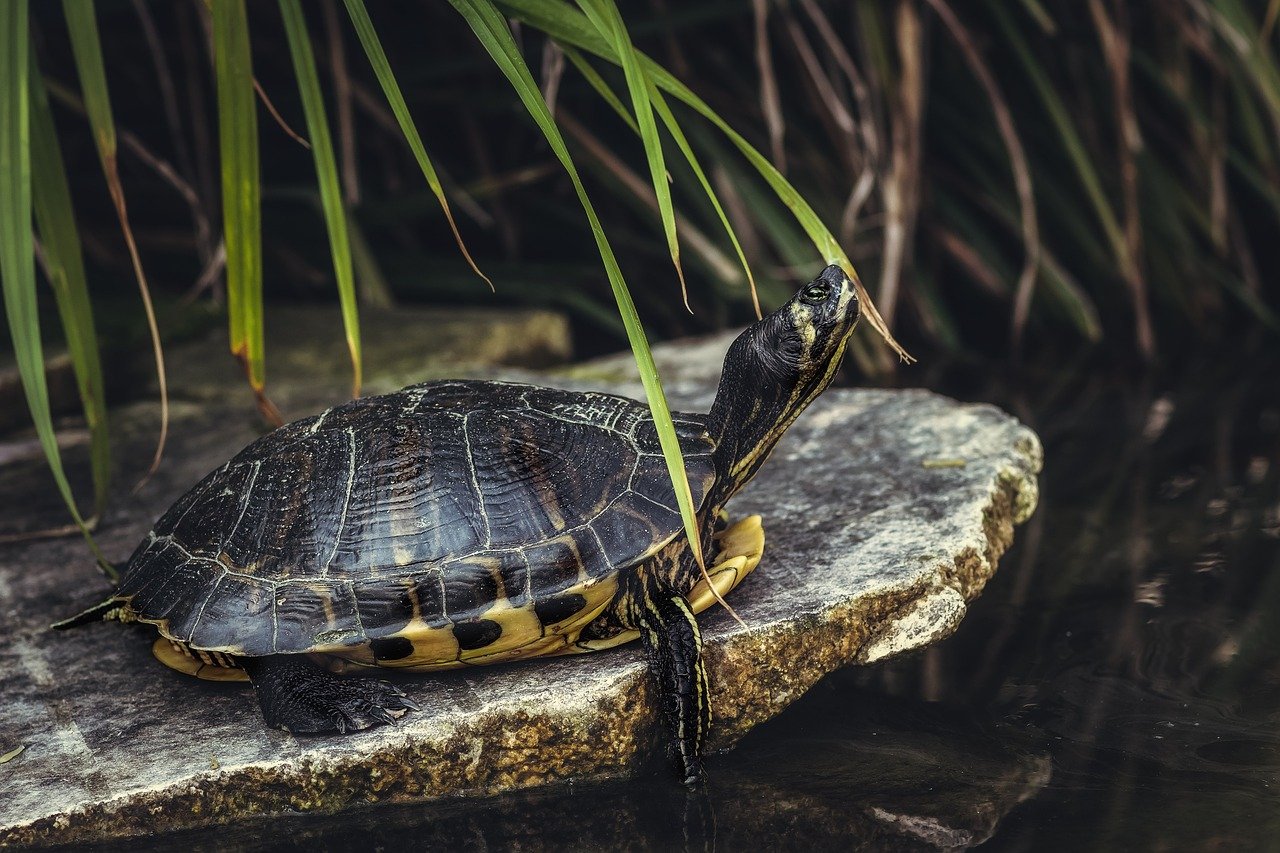
One of the earliest and most noticeable signs of stress in turtles is a sudden loss of appetite. If your turtle starts ignoring its favorite treats or leaves food untouched day after day, it’s time to pay attention. While turtles can occasionally skip a meal, a consistent lack of interest in food is never normal. Stress can interfere with their digestion, making them reluctant to eat. Sometimes, this can be caused by changes in their environment, such as a new tank setup or loud noises nearby. Just like people, turtles may also lose their appetite when feeling anxious or uncomfortable. Always keep an eye on your turtle’s eating habits, and remember that a happy turtle is usually a hungry one.
2. Excessive Hiding

Turtles naturally enjoy a bit of privacy, but if your pet is spending most of its time tucked away in a corner or under a log, stress may be the culprit. Excessive hiding is a classic sign that your turtle doesn’t feel safe or is trying to escape from something stressful. Maybe the lighting is too harsh, the water is too cold, or there are too many sudden movements around their tank. A turtle that hides all day isn’t just being shy—it’s signaling that it’s overwhelmed. You can think of it as a child hiding under the covers during a thunderstorm. If you notice this behavior, take a closer look at your turtle’s surroundings and try to create a calmer, more inviting space.
3. Lethargic Behavior
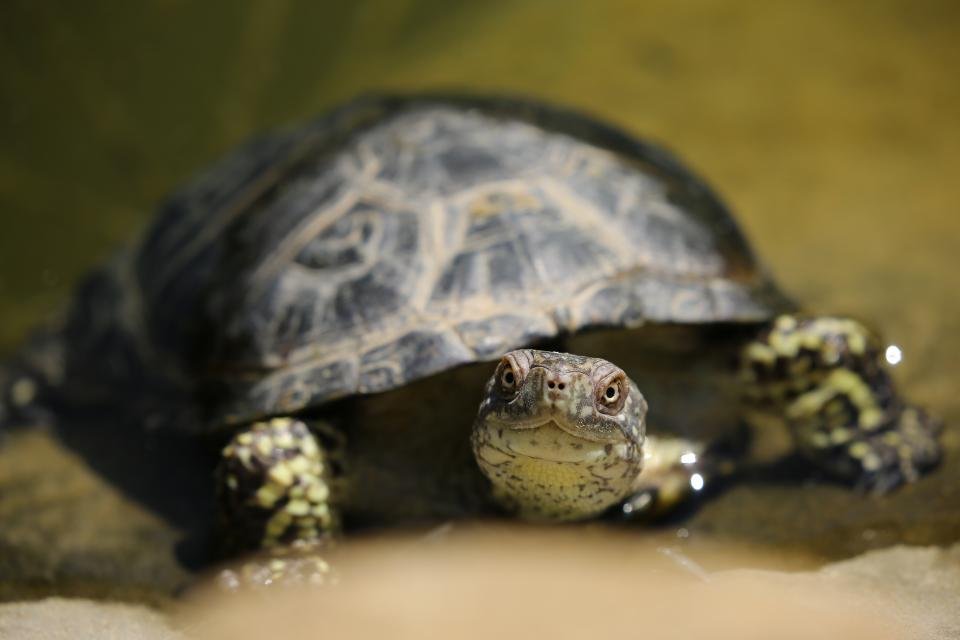
A healthy turtle is usually quite active—swimming, basking, or exploring its habitat. When stress sets in, however, your turtle may become unusually lethargic. This means it will move less, spend more time at the bottom of the tank, or simply avoid engaging with its environment. It’s almost as if your turtle is feeling too tired to care about anything. This kind of behavior can be caused by poor water conditions, incorrect temperatures, or even bullying from another tank mate. Imagine feeling stuck in a room that’s too hot or too cold—it would sap your energy too! If your turtle seems listless or uninterested in life, it’s a big red flag that something isn’t right.
4. Aggressive Reactions

Turtles are generally peaceful creatures, but stress can turn even the calmest turtle into an unexpected aggressor. If you suddenly notice your turtle snapping at your fingers, lunging at other turtles, or acting territorial about its space, stress may be to blame. This aggressive behavior is often a way for your turtle to say, “I’m not comfortable right now.” Factors like overcrowded tanks, lack of hiding spots, or frequent handling can push a turtle’s stress levels to the edge. Just as people sometimes lash out when overwhelmed, turtles can respond to stress with surprising aggression. Be gentle, give them some space, and reassess their environment to help them relax.
5. Shell Problems
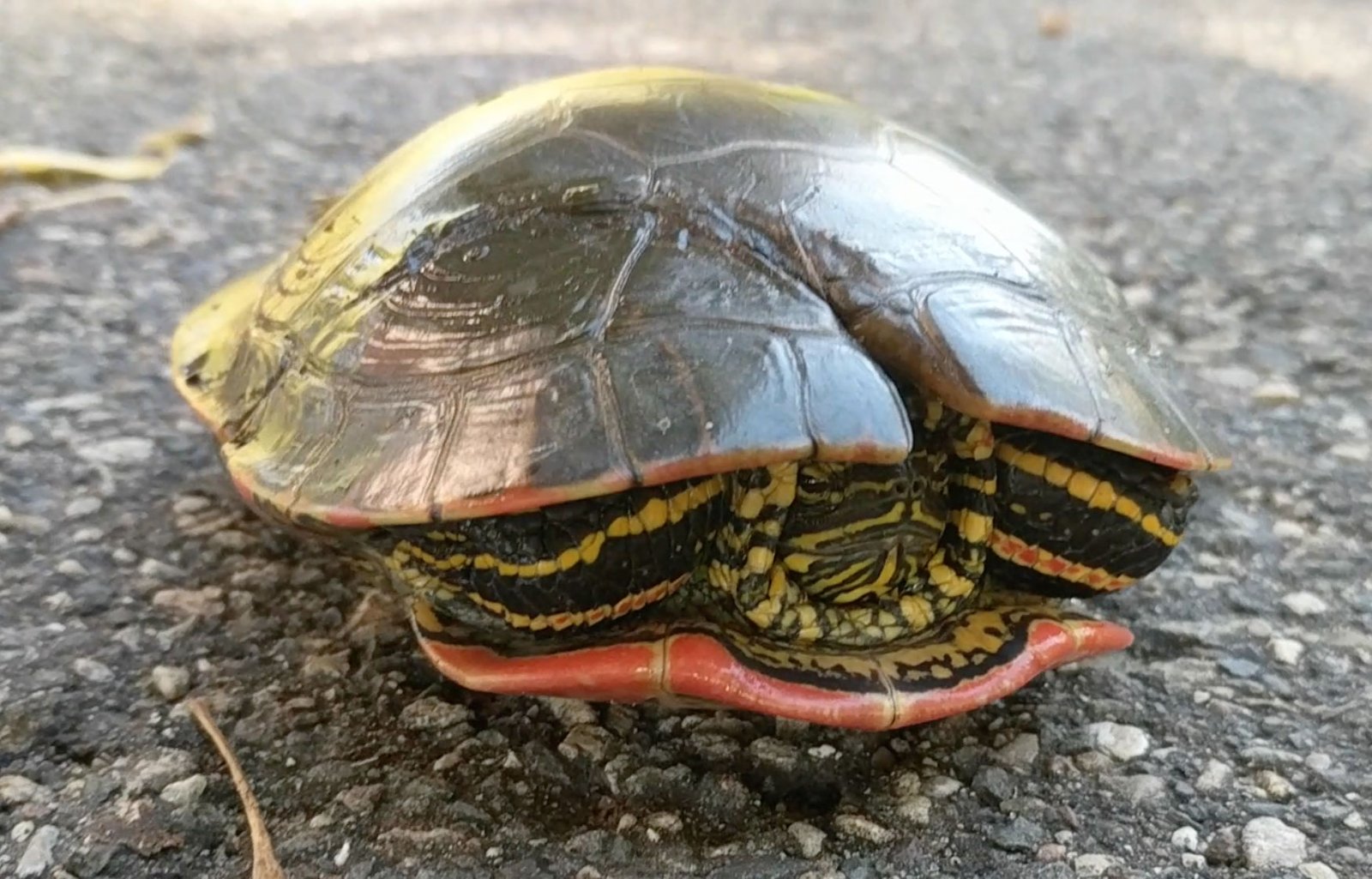
Did you know that stress can even show up on your turtle’s shell? While shell issues are often linked to health problems or poor diet, stress can make things worse. Watch for signs like soft spots, discoloration, or unusual flaking. These changes can develop when your turtle isn’t basking enough, isn’t getting the right nutrients, or feels too anxious to behave normally. The shell is like a turtle’s armor, and when they’re stressed, it’s one of the first places problems can appear. Treat shell issues seriously and consider whether stressors in their environment might be contributing to the problem.
6. Repetitive Swimming or Pacing
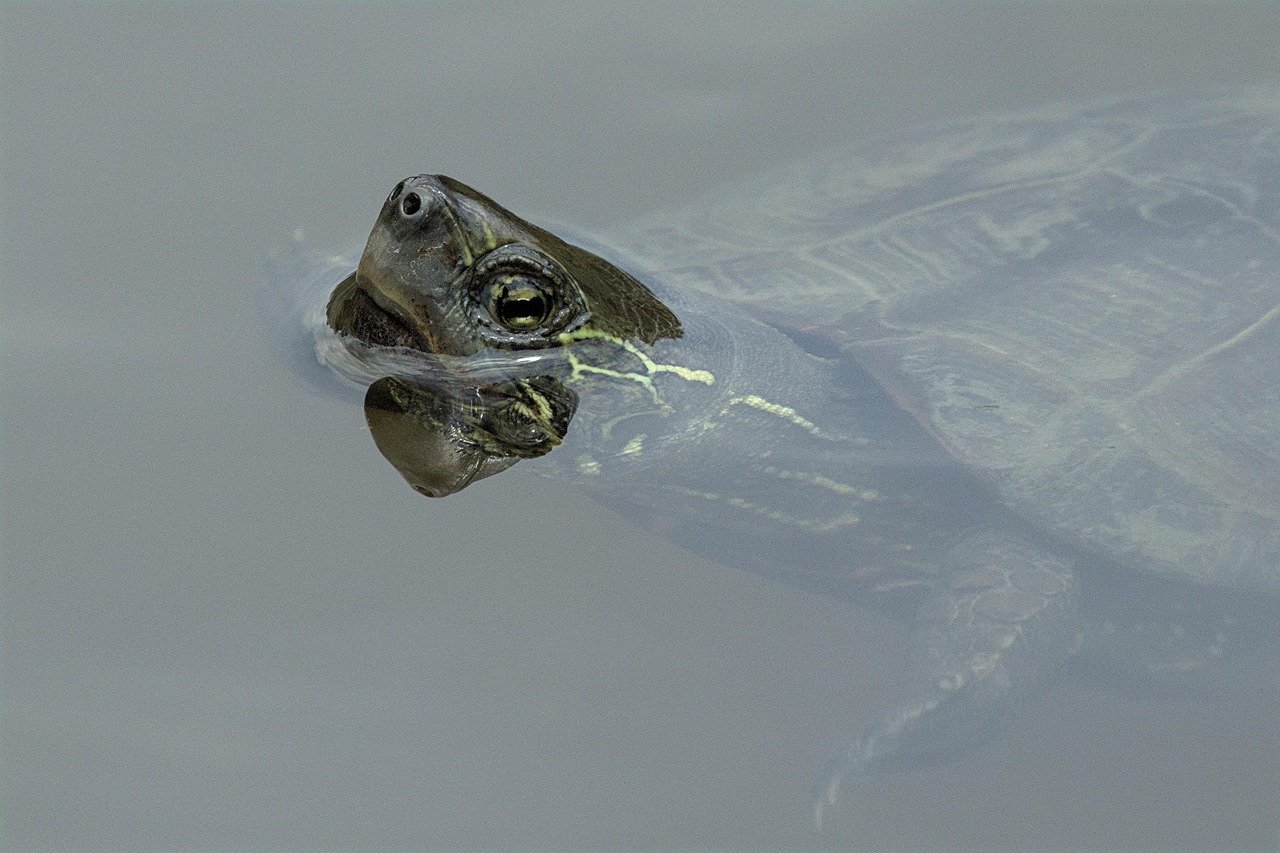
Have you ever seen your turtle swimming back and forth along the same part of the tank, almost as if it’s pacing? This repetitive behavior is a classic sign of stress. In the wild, turtles swim freely and explore their surroundings. When confined or feeling trapped, they might develop obsessive routines—like swimming against the glass or circling the same area. It’s their way of trying to escape or cope with anxiety. This behavior can be triggered by boredom, lack of stimulation, or even an enclosure that’s too small. Think of it as the turtle version of a person nervously tapping their foot. Providing enrichment, a larger tank, and a more natural setup can help break this cycle.
7. Unusual Breathing or Wheezing

A stressed turtle might start to show odd breathing patterns. If you hear wheezing, see bubbles coming from the nose, or notice your turtle stretching its neck out more than usual, these could be signs of both stress and illness. Stress weakens the immune system, making turtles more susceptible to respiratory infections and other health issues. The connection between stress and breathing can be very direct—a frightened turtle may breathe rapidly or with difficulty, especially if it’s been handled too much or if the air or water quality is poor. Always monitor your turtle’s breathing, as changes can be a sign that something is seriously wrong and needs your attention.
8. Abnormal Shedding or Skin Changes
Shedding is a normal part of a turtle’s life, but stress can cause this process to become abnormal. If you notice your turtle shedding skin excessively, or if the skin looks pale, dry, or patchy, stress may be playing a role. Poor diet, inadequate humidity, and dirty water can all make things worse. Sometimes, stressed turtles develop irritated skin or start rubbing against objects in the tank in an attempt to find relief. Just like people can develop skin issues during stressful times, turtles’ skin can react to anxiety and poor living conditions. Keeping their environment clean and their diet balanced can help reduce these problems.
Catching the signs of stress in your pet turtle early can make all the difference in their health and happiness. From appetite changes to unusual behavior, these little clues are your turtle’s way of asking for help. With a bit of observation and a few simple habitat tweaks, you can create a calm, comfortable space they’ll thrive in. Remember, a relaxed turtle is a healthy turtle—and that means more peaceful, happy moments for both of you.

Andrew Alpin from India is the Brand Manager of Doggo digest. Andrew is an experienced content specialist and social media manager with a passion for writing. His forte includes health and wellness, Travel, Animals, and Nature. A nature nomad, Andrew is obsessed with mountains and loves high-altitude trekking. He has been on several Himalayan treks in India including the Everest Base Camp in Nepal.

